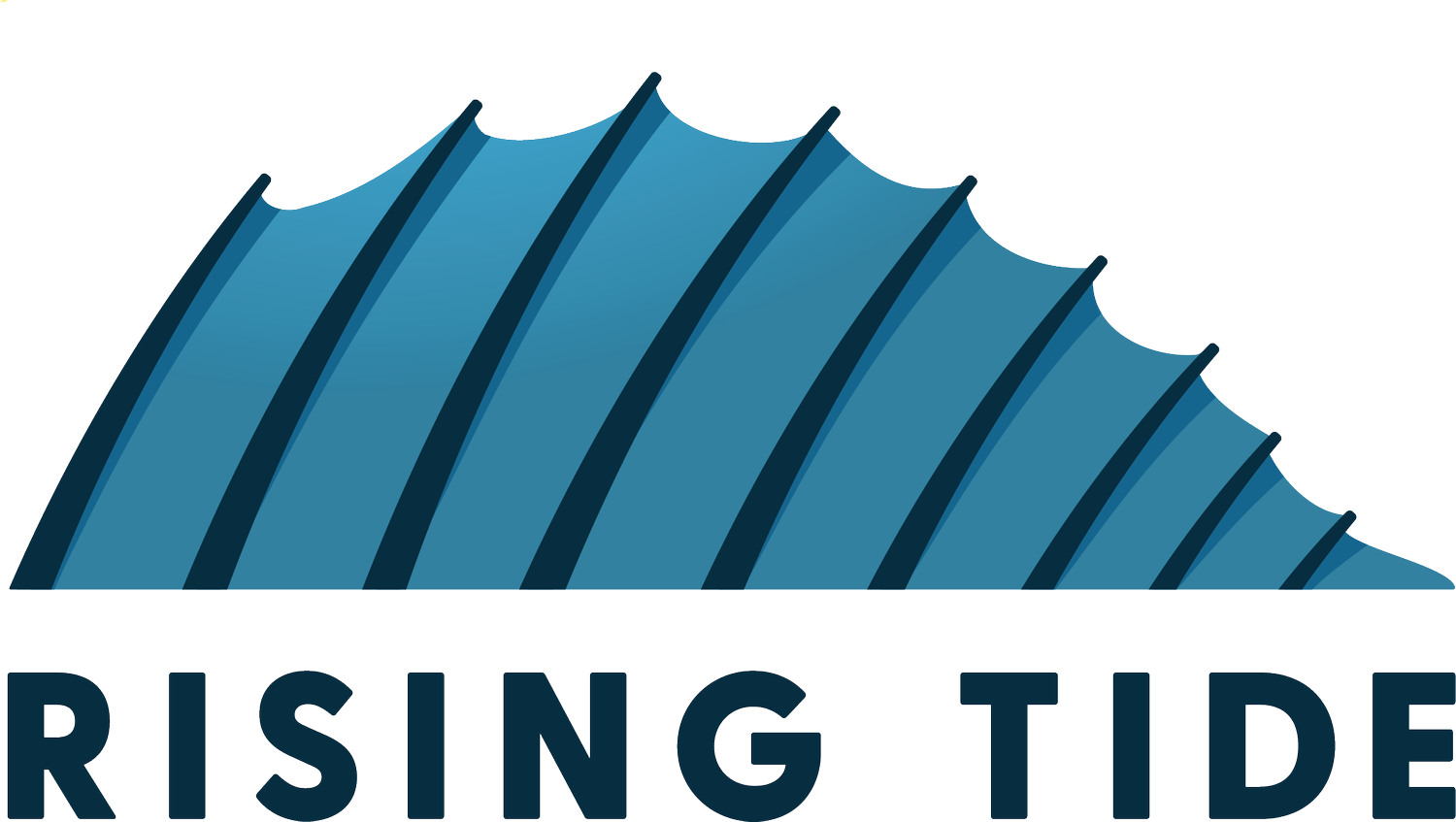STORYTELLING FRAMEWORKS
Tell stories that connect people to your business.
Download the ideal client worksheet
Simon Sinek - Start With Why
Watch the Video
Read the Book
HERO’S JOURNEY
1. There’s a character (your customer, the hero) who has a problem or desire.
Boating Example: Dave wants to create memories on the water with his young family. He’s new to boating and doesn’t know which boat is best.
2. They face a challenge they can’t overcome alone that prevents them from achieving their desire.
Boating Example : Dave’s overwhelmed by the options available, and the market in general, and is unsure of which suits his family and their lifestyle.
3. They meet a guide (you) who understands them and has a plan.
Boating Example : Dave discovers a dealership that specializes in family-friendly boats, provides the training he needs and the expert advice that makes him feel like his needs are understood.
4. The guide provides them with a clear plan to follow that solves their problem.
Boating Example : The dealership guides him through the range of boats they offer, and suggests the best one based on where he’ll use it and the types of adventures he wants to go on to create memories with his family.
5. And challenges them to take action
Boating Example : They encourage Dave and his family to come on a sea trial and spend a couple of hours with them, to give them a taste of what life could be like owning that boat.
6. To avoid failure
Boating Example : The salesman talks with Dave about the implications of choosing a different boat style or brand based on how he wants to use the boat, and how the wrong decision might mean less frequent and uncomfortable days at sea, and eventual resentment towards boating.
7. And ends in success.
Boating Example : Future pacing Dave to see his family enjoying their days at sea on the perfect boat for them, creating those memories that are so important to him.
MUSE | 6 PLOT POINTS
Hook
An engaging opening that captures the audience's attention immediately. Without a strong hook, the audience won’t make it till the end.
Conflict
The character is presented with a problem and their desire is challenged. It drives the narrative forward by opening a story gap that makes you want to stay until the end to close it.
Initiation
Reaction to the conflict: embracing it and then trying to overcome it. The decision to embark on a journey to resolve the conflict.
Journey
How they got from beginning to end, the plot points between initiation and resolution. Focus on the small victories or small hurdles when they’ve tried and failed. Moments that strengthen the bond between the character and audience, showing desire, complexity or uniqueness.
Resolution
The climax, when the conflict reaches its peak, and the initial question is finally resolved, often showcasing transformation or growth.
Jab
The ending, what we leave the audience with, what the character learned, or a call to action. Deliver on the story’s purpose to drive the action you want to create.
3 Question Framework
Ask Yourself
Is there a part of your story / experience / feeling that your audience might relate to? Is it similar to something they’ve experienced, too?
Take the specific situation and make it universal.
Consider how the story might relate
To what you do / a problem your reader has / a benefit you provide in your business / a customer case study / a new service or offer.
Pivot back to your people
After telling your story, even if it’s about you, the outcome is about your people. This is where you add value, provide application examples, expert help, or position yourself / your offer as a solution to what they need or desire.
Want us to create your content?
Book a 15-minute call with Steve below.


